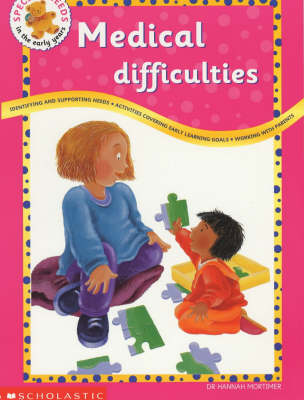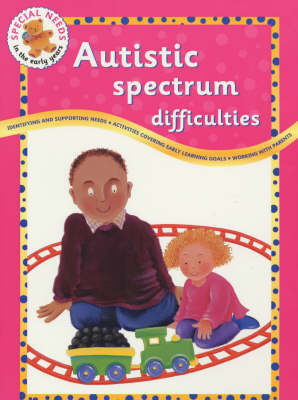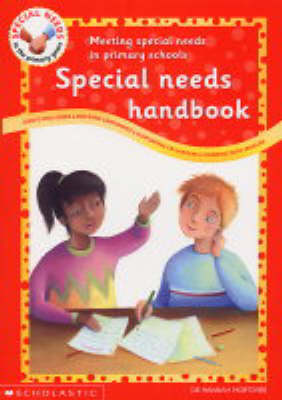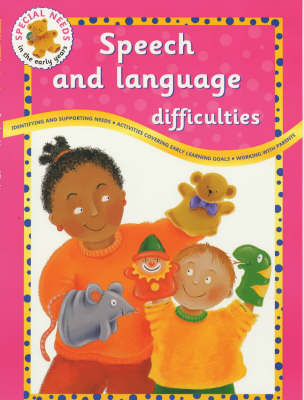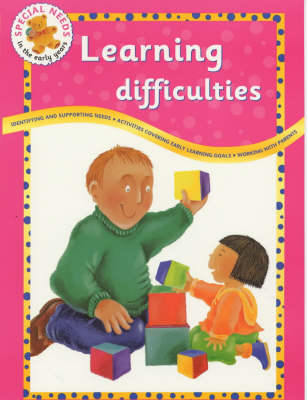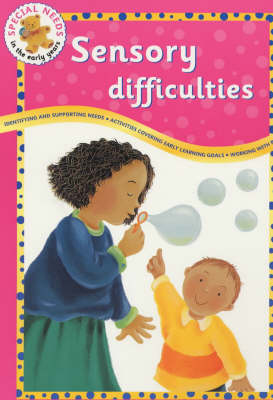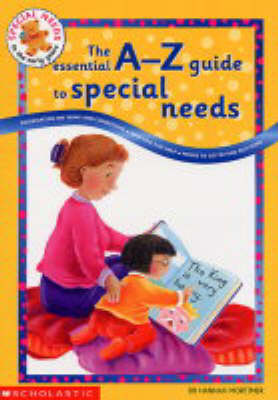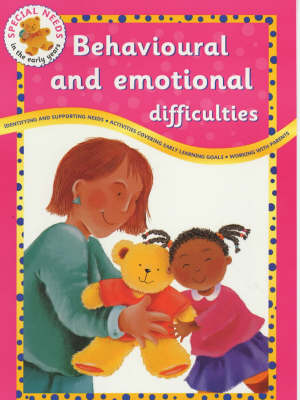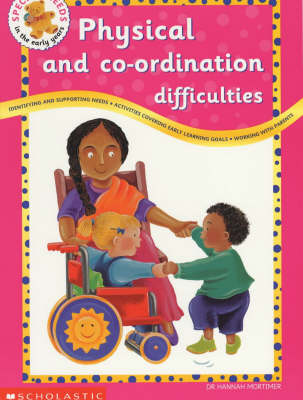Special Needs in the Early Years
9 total works
Carefully linked to requirements of new Code of Practice for Special Educational Needs .Practical activity ideas based on the Early Learning Goals .Ideas for working with parents .Time-saving photocopiable sheets .Information on useful resources
Information in useful resources
